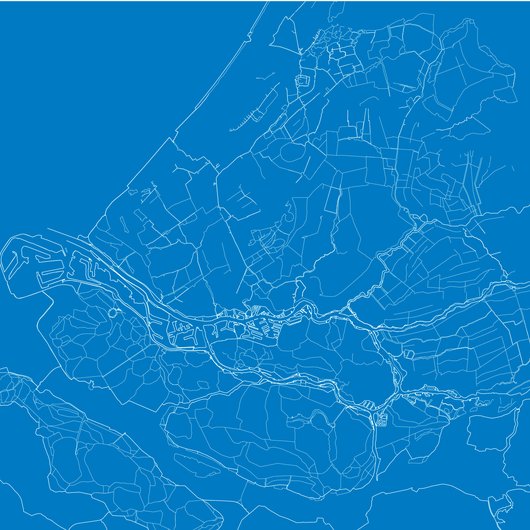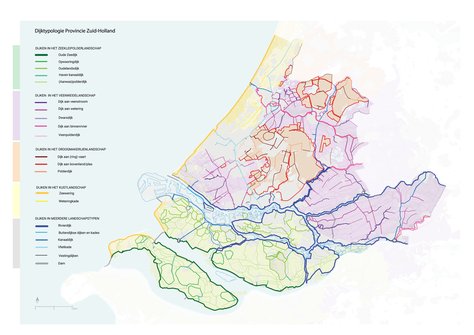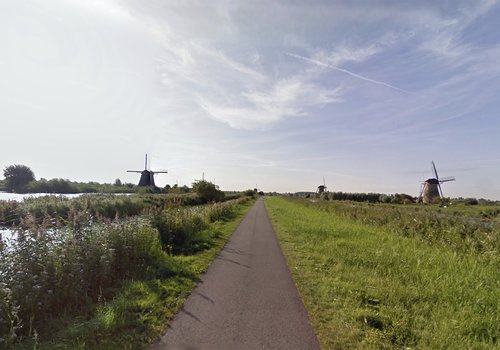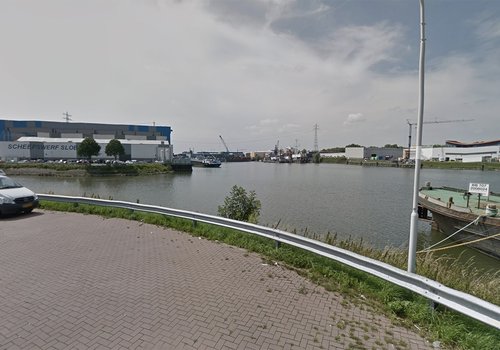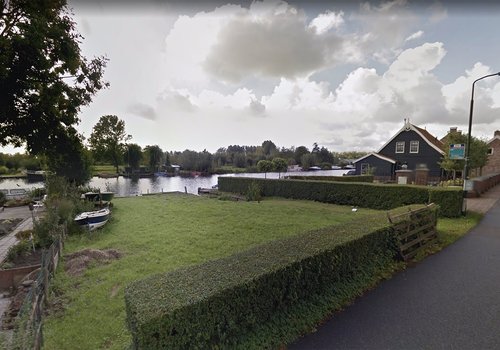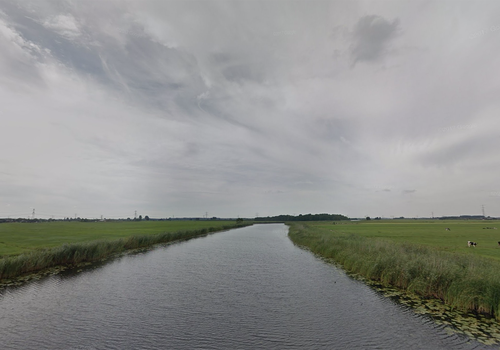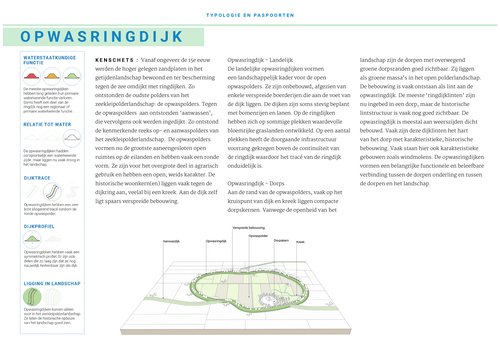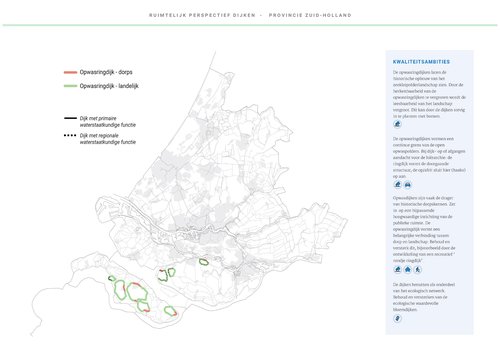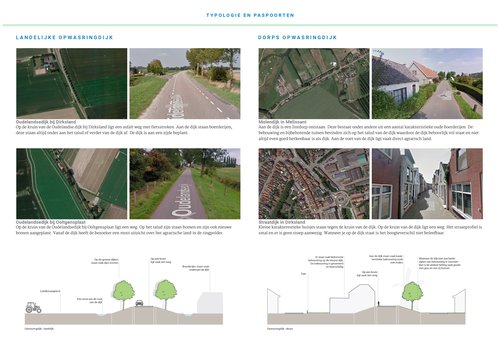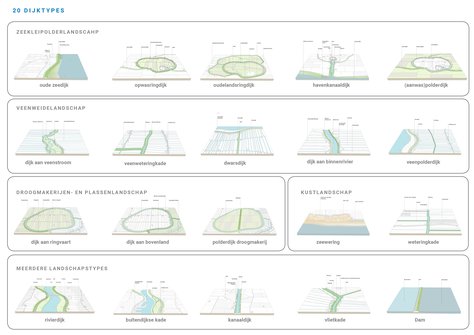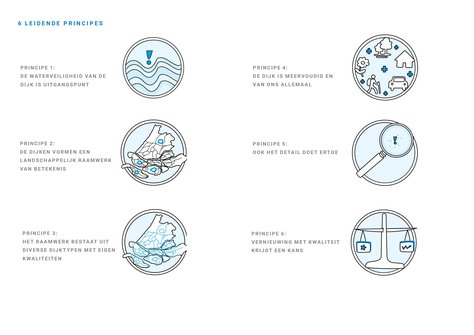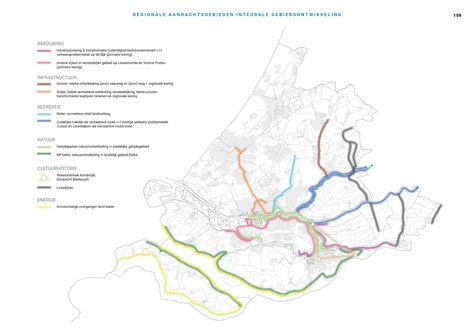Motive
A BROADER TASK FOR THE AREA
More than in many other parts of the country, the dikes in South Holland cannot be called ‘bare dikes’. People live, work and recreate on, at and behind the dike. In the past, the approach to dike improvement was primarily focused on water safety. These days there is a broad awareness that the dike is more than a flood defense. This means that the dike reinforcement closely touches on other tasks and is more often part of a wider area task.
